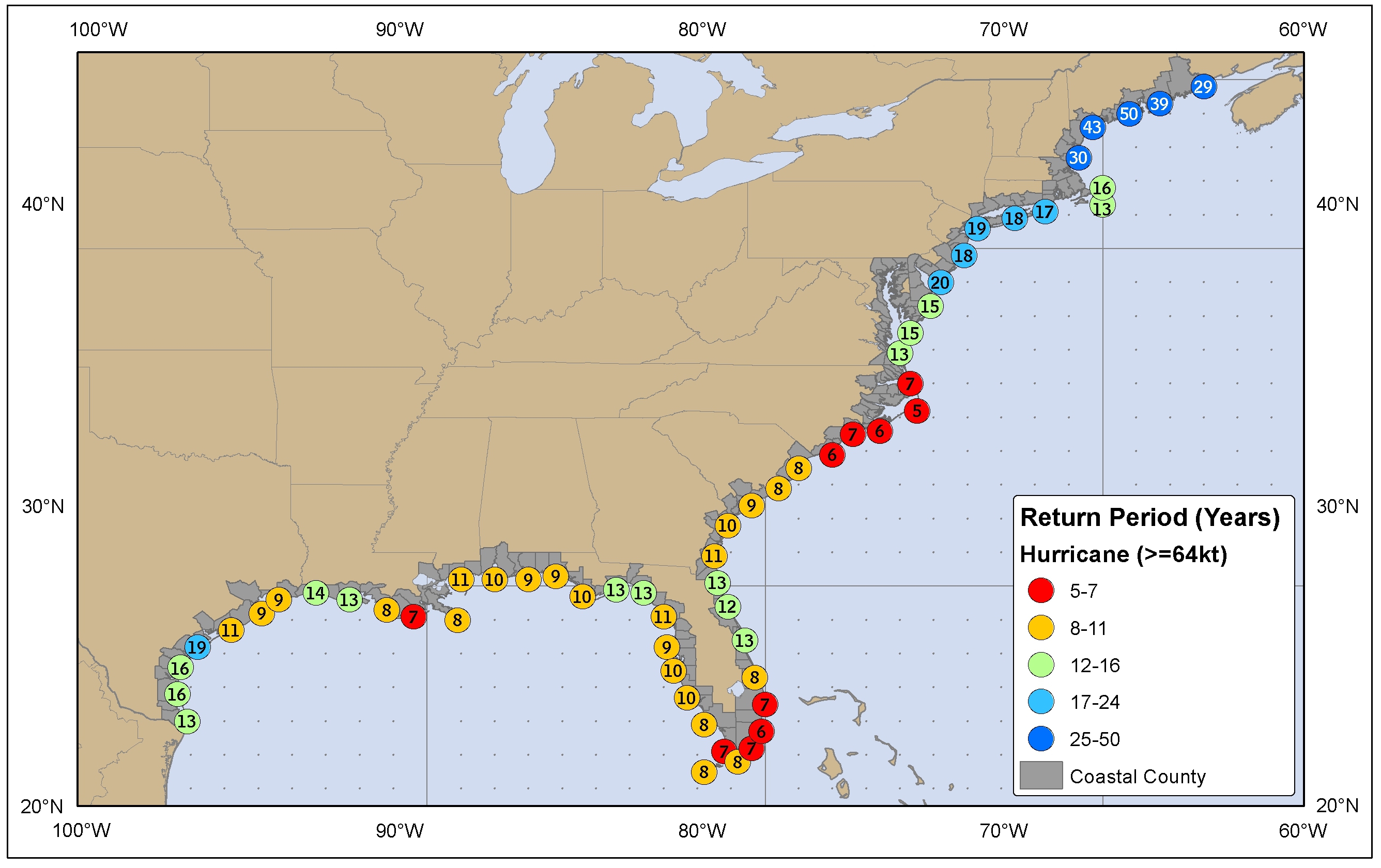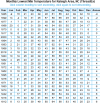Here is one I think you guys will like a lot.
@GeorgiaGirl show this to your dad I know he would love these links and the boxes some people on another forum im on made interpreting raleighs climate during the ice age from them roughly. These values wont be exact as this is all interpolated data but it should be close, during the ice age climates varied widely. The further north you were the more different from todays climate it was where as the further south you went the less change, Florida and especially south florida were not that much colder than today. Miami was still a very very warm climate even during the ice age, cooler winters and summers but nothing as drastically different as we see for Raleigh and especially places even further north. This is the post of the year right here for yall snow weenies .
@SD @Bham 99 @Sleet City USA @superjames1992. I deserve an award for this post because I just satisfied every weenies biggest question, what was it like during the ice age?
Means roughly using NCAR data set
View attachment 83278
Raleigh means ( not avg highs/lows but means). Essentially a very solid Dfb climate, not quite subarctic as both May and Sep were still much higher than the 50 degree mean cut off. Looks a lot like a modern day climate in New England or Eastern Canada. Im dubious of the precip data as conventional knowledge is it was much drier during the ice age, but of course that winter precip would be snow mostly lol. Keep in mind its harder to get a good idea if the location is closer to water as you can see the water is much warmer lol. Luckily Raleigh is inland so this should be a safe bet, and elevation doesnt change drastically so the smoothed over grid should be good.
View attachment 83279
Heres another fun box estimating Raleighs climate from a different ice age data set. This one has holocene optimum as well, would be interesting to see the climate then. Summers would have been a good bit hotter I bet relative to today given the sun was further overhead on the solstice. The person also did OKC, theres a few more we made if yall want to see. I think he overdid the snow for raleigh, modern day climes in our warmer wetter times with those averages in the eastern us arent that snowy. The records are obviously just guesses based on modern day equivalents.
The aim of the PMIP 3 project is to evaluate climate models under paleoclimate conditions and improve our understanding of past climate changes
pmip3.lsce.ipsl.fr
View attachment 83280
Heres the modern day equivalent of ice age Raleigh. Berlin is a frost hollow however, pretty well known cold spot in NH, so may not be best gauge of what kind of records to expect.
View attachment 83281



















